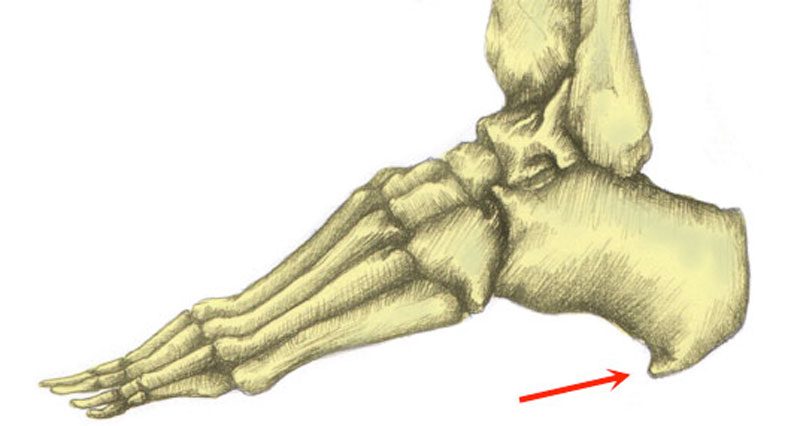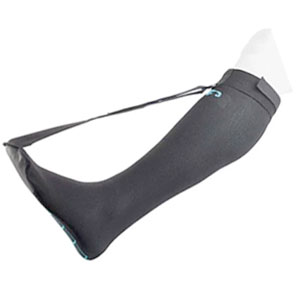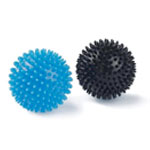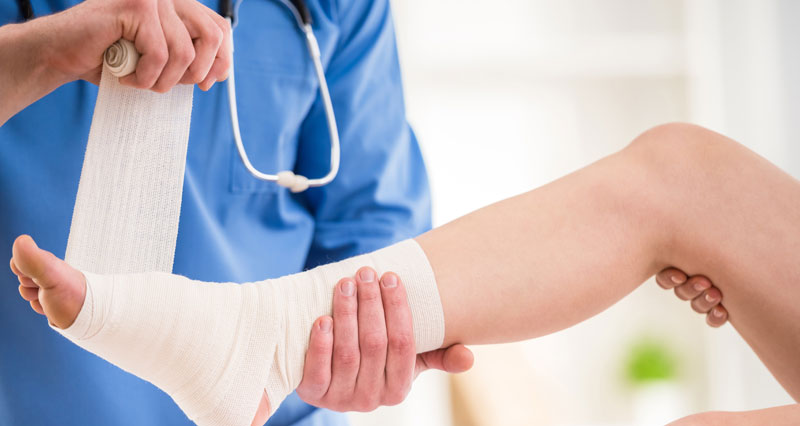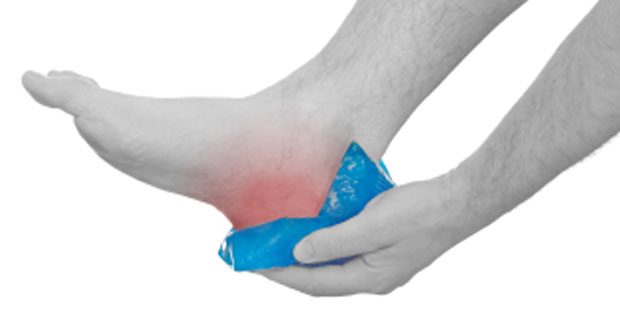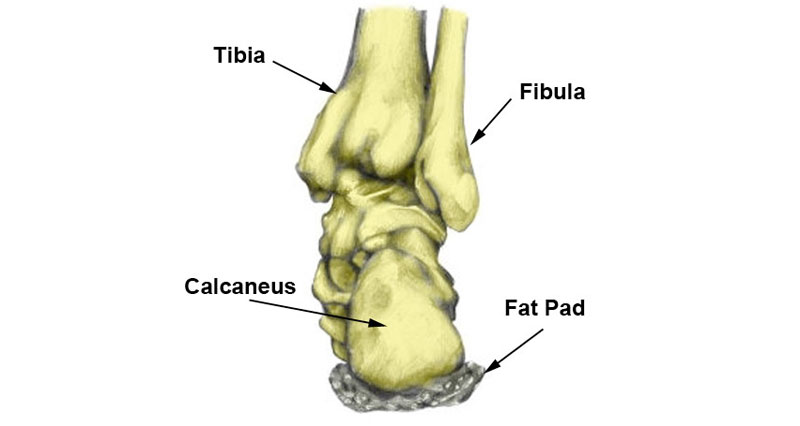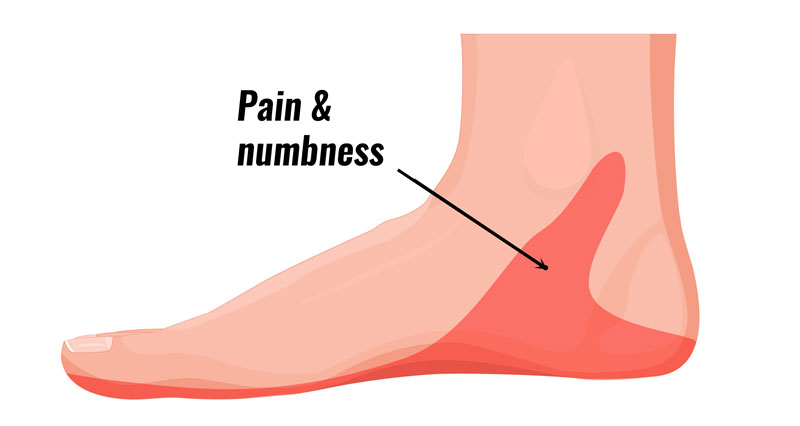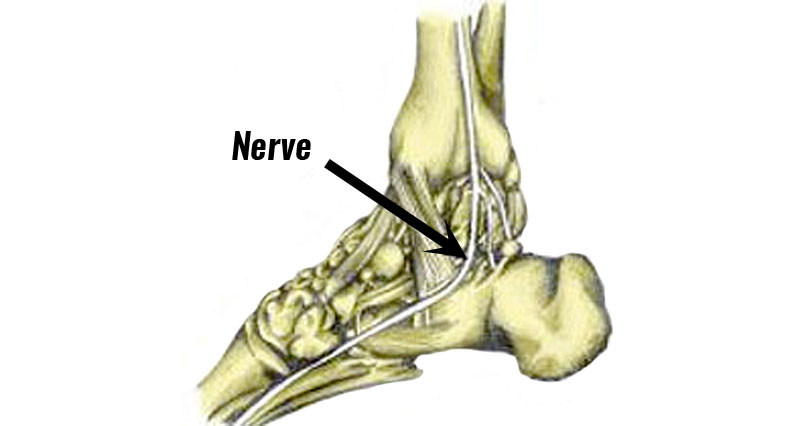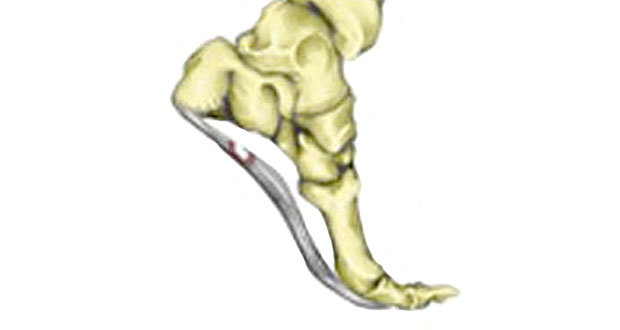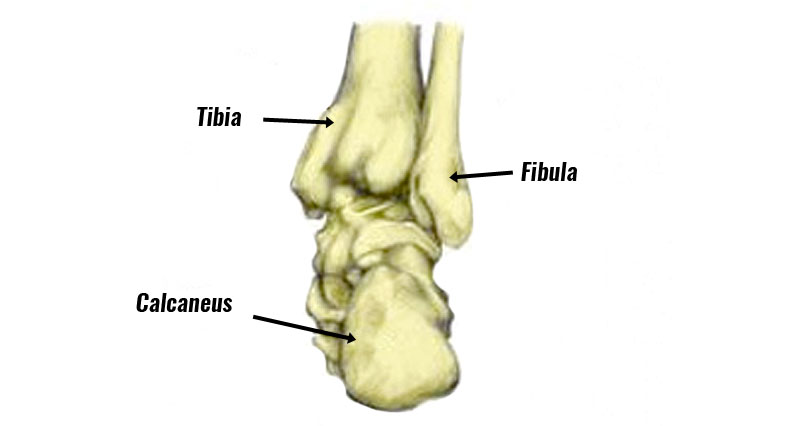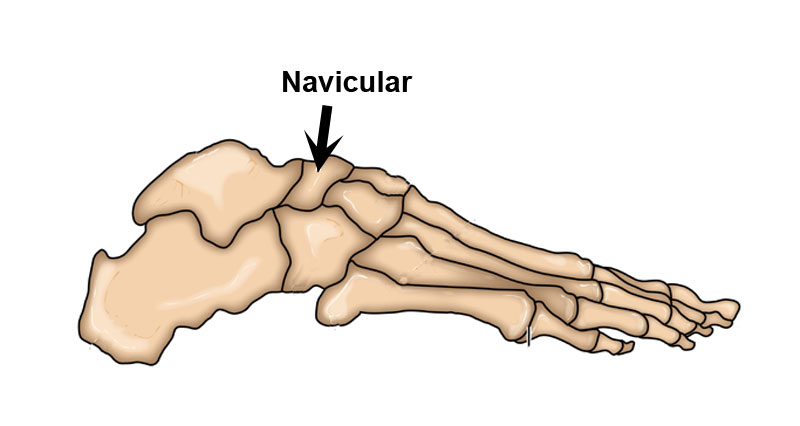A heel spur is a hooked bony growth protruding from under the heel bone (calcaneus). It has identical symptoms and is often found to co-exist with plantar fasciitis.
Medically reviewed by Dr Chaminda Goonetilleke, 20th Jan. 2022
Heel Spur Symptoms
Symptoms may be very similar to those of plantar fasciitis and include:
- Pain and tenderness under the heel, especially when weight-bearing.
- Pain may be worse on standing first thing in the morning and ease off later as the foot warms up, only to return later.
- Symptoms are usually worse with running or walking and improve with rest.
- The main diagnosis of a heel spur is made by X-ray where a bony growth on the heel can be seen.
A heel spur also occurs without any symptoms at all. You would never know you have one unless it was spotted on an Xray.
What causes a heel spur?
The formation of a heel spur is thought to be due to repetitive trauma. This could be due to repetitive traction (pulling) on the plantar fascia insertion on the calcaneus (heel bone). Or repetitive trauma to the plantar fascia, or the small muscles of the foot which insert into the calcaneus.
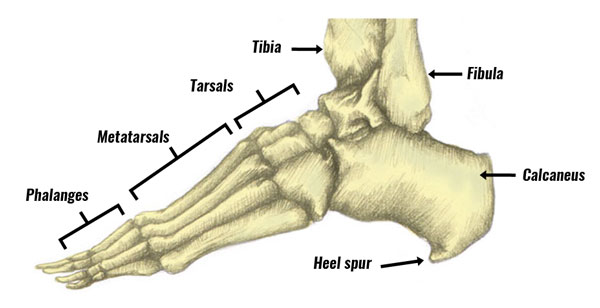
In some people, this could be due to a genetic predisposition to develop new bone growth in response to repetitive trauma. Running, jumping and ballet have been found to be risk factors causing repetitive trauma leading to heel spur formation.
In the younger population, females have been found to have a higher rate of incidents of heel spur formation.
A heel spur can also occur as a normal anatomical variation of the calcaneus bone in some cases. It can also occur as a normal process of ageing with the calcification of ligaments.
Heel spur formation has also been found to be associated with:
- A change in the gait pattern (how you walk).
- Increasing weight. Therefore there is greater pressure on your foot.
- Overpronation and flat feet.
- Rheumatoid and osteoarthritis.
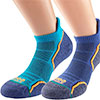
Technical Running Socks
Why is some heel spurs painful?
Pain from heel spurs can be due to decreased elasticity of the heel fat pad and sometimes it can also be due to compression of a small nerve in the foot which can lead to muscle atrophy.
Heel Spur Treatment
Rest
The most important part of treatment is rest. Do not undertake activities that hurt your foot or aggravate symptoms as this will only cause painful symptoms to persist.
Ice/cold therapy
Apply a cold therapy wrap regularly for 10 minutes at a time every hour initially to reduce pain and inflammation of the surrounding tissues. As symptoms subside, the frequency of application can reduce to 2 or 3 times per day.
Taping
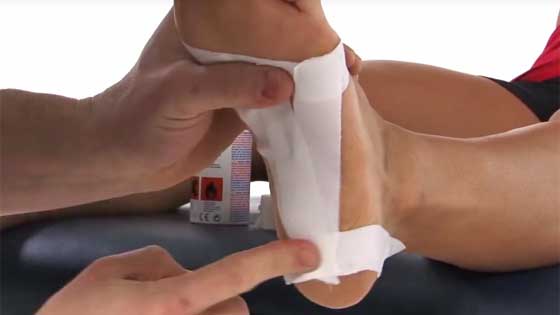
Arch support taping is an excellent way of providing support and protection to the heel. A simple taping technique can often relieve symptoms instantly.
It works by supporting the arch of the foot which reduces the strain where it attaches to the heel. All that is needed is a single roll of 2.5cm zinc oxide tape.
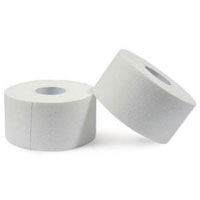
Zinc Ocide Sports Tape
More on Arch support taping
Medication
Anti-Inflammatory medicine (e.g. ibuprofen) may be prescribed by a doctor but always check with a medical professional first. Taking some medications such as ibuprofen should not be done if the patient has asthma.
Orthotic insoles
Shoe inserts can help to take the pressure off the heel spur and reduce pain. If these treatments do not significantly ease the symptoms then surgical excision of the extra bone may be an option, but the
Exercises
The following exercises form part of our Plantar fasciitis rehab program.
Stretching
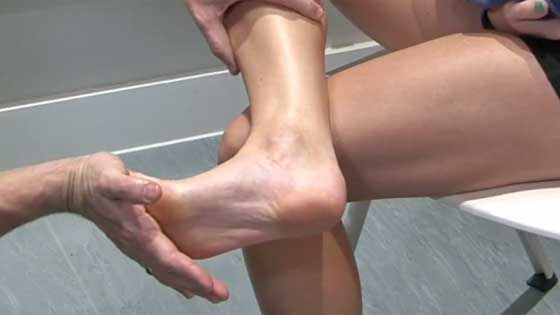
Stretching exercises for the plantar fascia and calf muscles are particularly important, especially if symptoms are worse in the morning.
Ultimately, getting rid of long-term pain means stretching the plantar fascia so it does not put additional strain on the insertion to the heel.
More on Foot arch stretches
Plantar fasciitis night splint
The night splint is normally worn overnight, although it can be applied for shorter periods during the day. It works by preventing the tissues from tightening up overnight.
Some people may find them uncomfortable to wear, but if you can gradually increase the wearing time each night then the results can be worth it. Wearing a night splint is more effective than plantar fasciitis stretches alone.
References
- Kirkpatrick, J., Yassaie, O. and Mirjalili, S. A. (2017), The plantar calcaneal spur: a review of anatomy, histology, aetiology and key associations. J. Anat., 230: 743-751. doi:10.1111/joa.12607
- American College of Foot and Ankle Surgeons Clinical Consensus Statement: Diagnosis and Treatment of Adult Acquired Infracalcaneal Heel Pain. Schneider, Harry P. et al. The Journal of Foot and Ankle Surgery, Volume 57, Issue 2, 370 – 381
